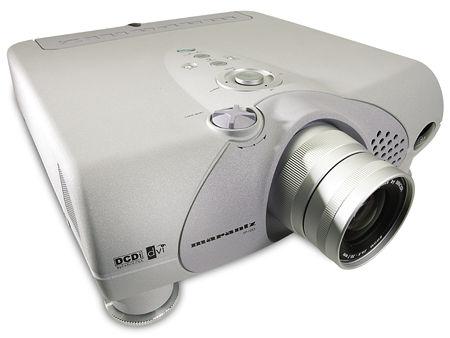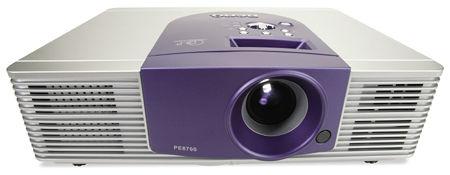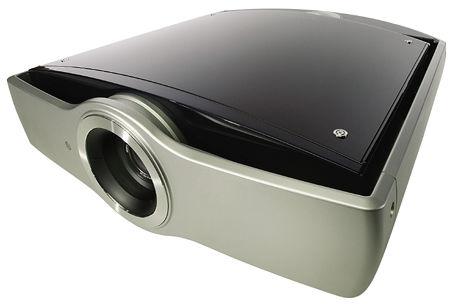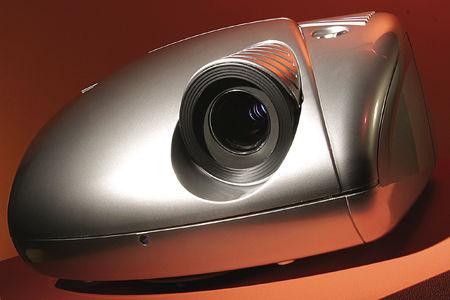|
Sep 18, 2004 |
First Published: Sep 01, 2004
|
Sep 18, 2004 |
First Published: Sep 01, 2004
|
Sep 18, 2004 |
First Published: Sep 01, 2004
|
May 28, 2004 |
First Published: Jun 01, 2004



















